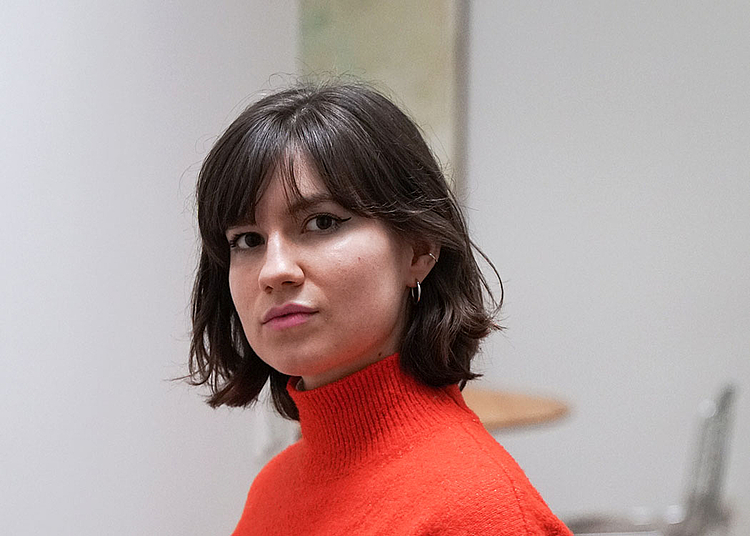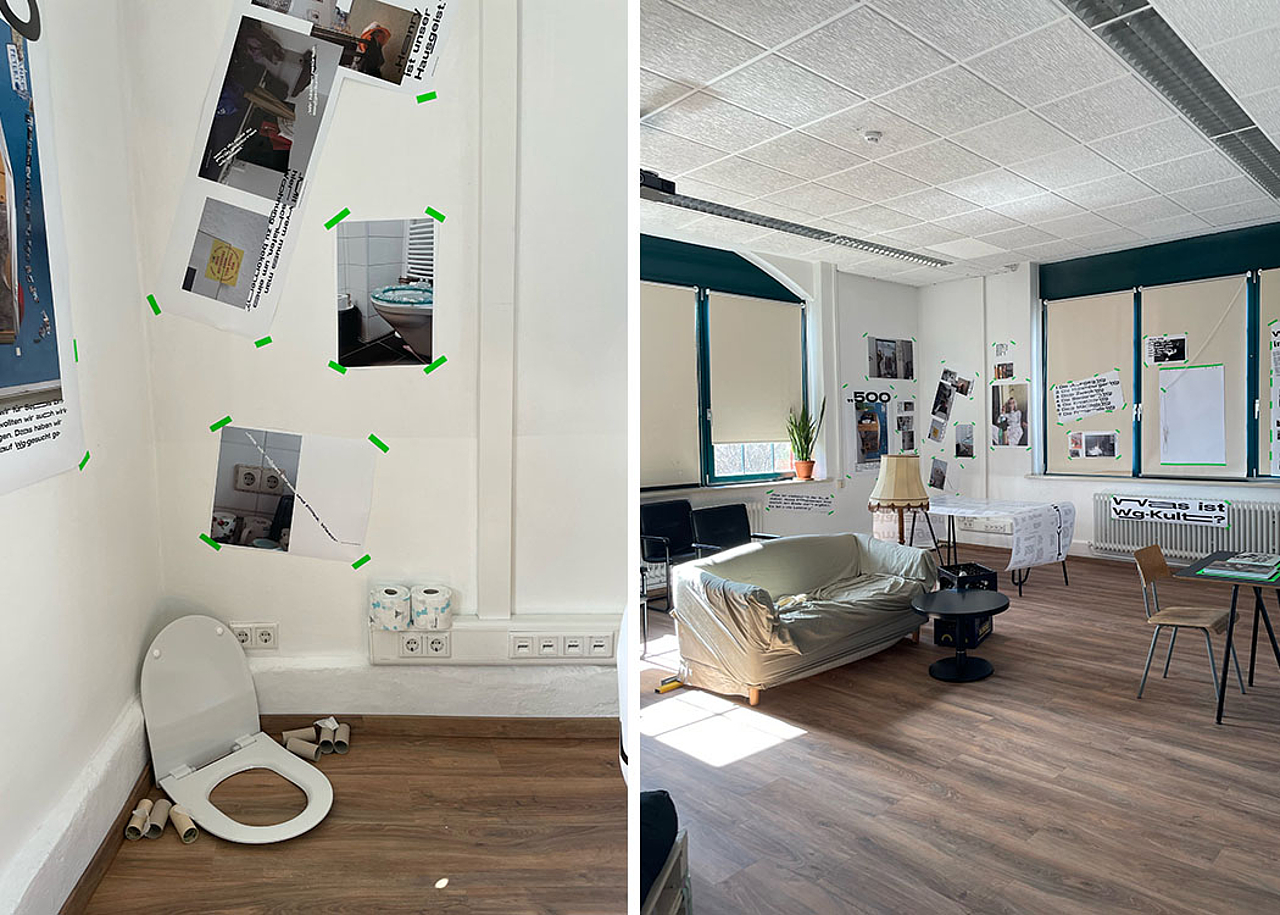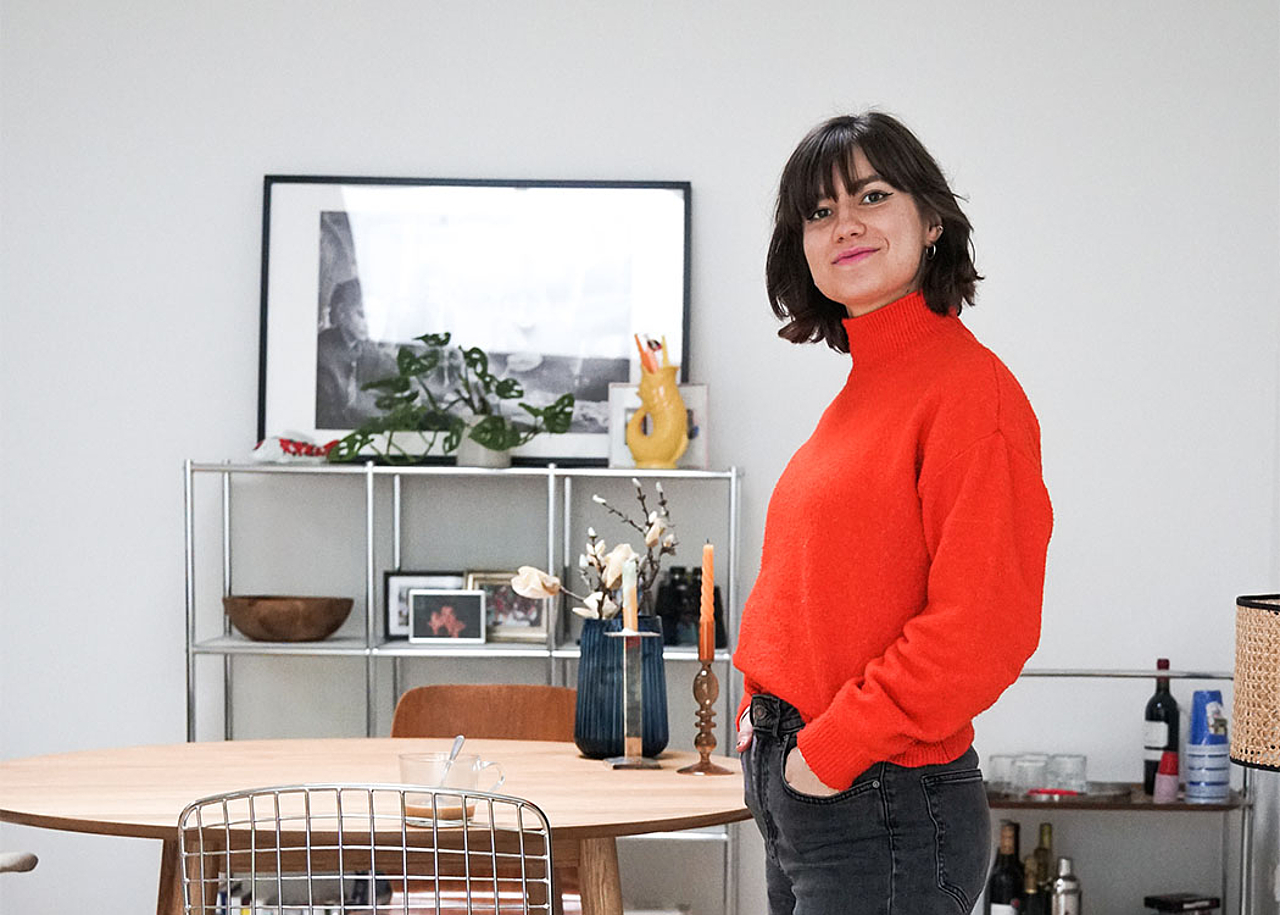Congratulations on this award and, of course, on your successful graduation. What was your first thought when you heard about the award?
Thank you for the congratulations. I was actually quite surprised by the award. I unknowingly missed the invitation to the event, motto: "I'll definitely end up in 246th place," and got a package with a trophy and award sent home a few weeks later instead - it took me a few minutes of squatting in the hallway to figure it all out. But I was very happy.
What was your bachelor thesis about? Could you tell us more about it?
For some time now, I have developed an interest in how people live, how they design their living space and which living model they choose. This ultimately led me to my B.A. topic "shared housing in Berlin".
The relevance of innovative housing concepts due to housing shortages in metropolitan areas is obvious since the Corona pandemic and various other crises. Living has become a luxury, and also - or especially - noticeable for our generation. Everyone has certain associations with the "typical" shared apartment in Berlin: The interior, the people, the lifestyle, the constellations, the atmosphere. So what exactly is the "WG cult" in Berlin? Is there one at all? How and why do people living in shared flats nowadays get together and in which constellations?









